At f8 2017, Facebook aims to become your social network for reality, augmented reality and virtual reality…really.
In the heart of Silicon Valley, Facebook once again hosted its highly-anticipated developer conference, which, for the record, appeals to anyone who follows, designs for, or uses the world’s largest social network. Drawing an estimated 4,000 attendees from all around the world, Facebook’s news blurred the line between reality and virtual reality and human and robot engagement for users in their personal and professional lives. What’s clear is that the Facebook of yore, a social network once oft compared to Myspace, is long gone. This isn’t your previous selfie’s Facebook. This is something more from the future…a social OS that connects people, information and things in virtual and real worlds across devices and platforms.
Skip the section below to get directly to Facbook’s new technology announcements…
At nearly 2 billion users, Facebook is now its own internet, a platform that some might call Orwellian. It’s where we surround ourselves with friends, digital acquaintances, and strangers, share our milestones, propagate our beliefs and politics, post trivial moments or observations, seek entertainment and engagement, feed our egos and validate perspectives, distract ourselves or procrastinate, read and post news and fake news, and at the same time, it’s where we actually learn, communicate and share.
At f8, we learned that the Facebook of the future only builds upon all these things, for better and worse, creating a human egosystem of undocumented scale and unfathomable influence. Before we get to the tech, let’s address the elephant in the room. The day before f8, the media and human beings everywhere, followed the unfortunate series of events following yet another live death on Facebook.
To its credit, Facebook acknowledged on stage its struggles to get ahead of those who use the platform against its intent, i.e. hate, misinformation, violence. Facebook CEO Mark Zuckerberg explicitly vowed to fix what’s broken, be proactive in taking social responsibility and promised to foster stronger communities in a world facing more “division.”
It’s ironic in a sense that a hyper connected platform with 2 billion users would need to contend with division. But, the reality is, that somewhere along the way, social media transformed a fair share of users into accidental (or aspiring) narcissists. The division that exists is the direct result of connecting individuals, platforms and audiences to engage whomever, whenever for whatever. This seemed to cultivate and reinforce narrow and global perspectives and behavior (often polarizing) with each rewarding one another with false currencies of Likes (or whatever emoji) to substantiate anything and everything they say, think or do. This online behavior is spilling into the real (and now virtual and augmented) worlds. Mark Zuckerberg can only do so much. We too have a responsibility to shape the future of engagement.
This perspective might seem glib or dissenting, but it is honest and testament to the incredible global footprint and relevance Facebook has established across demographics and psychographics. It’s in this transparent assessment that I hope to process and make sense of Facebook’s latest developments to contribute toward the well being of future relationships and experiences online and offline (is there still such a distinction?)
Facebook’s Innovation Roadmap
At the 2016 Facebook f8, the company shared its ambitious 10-year roadmap that in addition to social connectivity across multiple networks and apps, set out to integrate ubiquitous internet connectivity, augmented and virtual reality, and artificial intelligence into its broadening product-set. A year later, Facebook is making notable and impressive progress.
In 2017, Facebook’s 10 year roadmap seems to be accelerating.
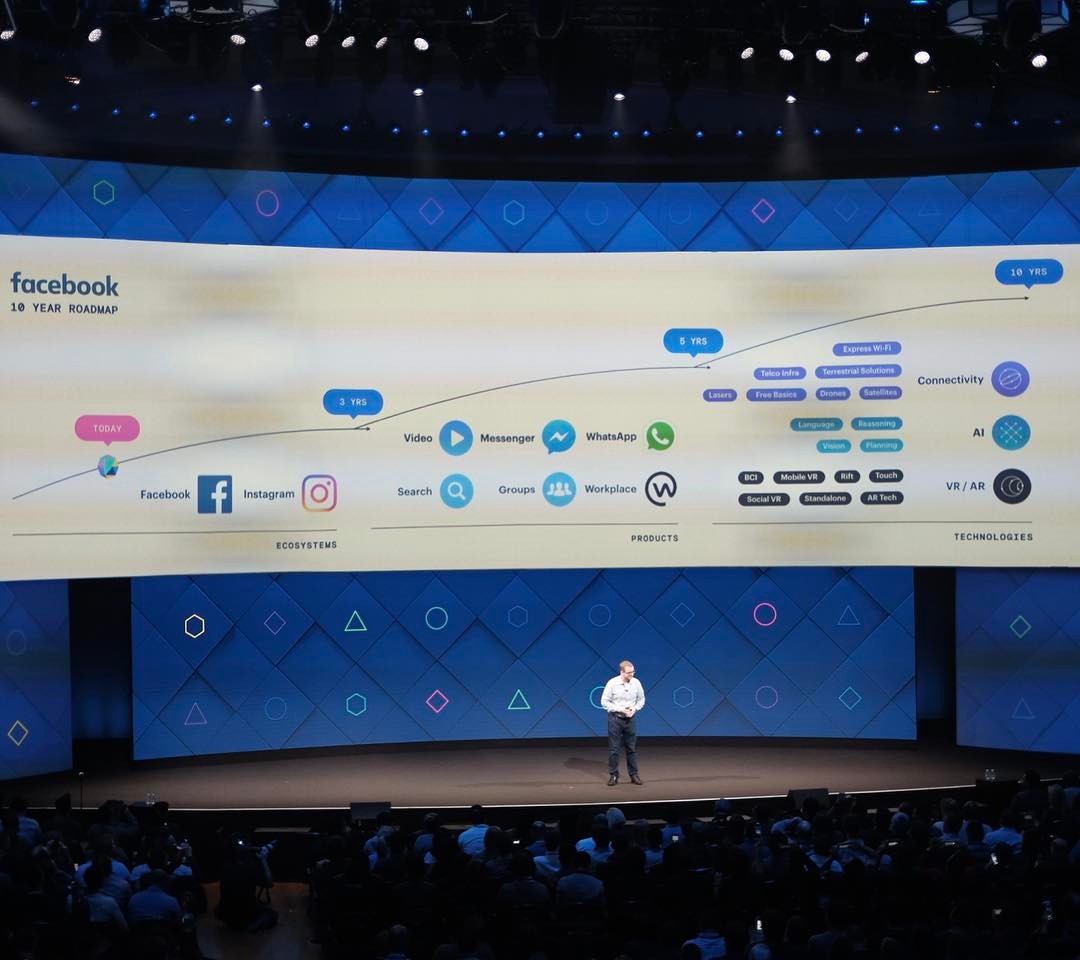
They say that the second mouse gets the cheese. Over the last several months, many mocked Facebook for being a Snap (formerly SnapChat) copycat. I think even Mark Zuckerberg would acknowledge the fairness of that assessment. But there’s something to being a second mover that allows you to accelerate execution toward a greater vision. I think what Facebook introduced at f8 2017 demonstrates that it is both a first AND second mover, sometimes using the later to slingshot toward the former. Now this isn’t always healthy for the market. It’s definitely working for Facebook. But, one could argue that since Facebook has a pretty active and engaged user base, copying the features of competitors carries a network effect that in some ways sniffles outside innovation (and competition).
Here are just some of the highlights from f8 and what we should pay attention to and why. You can read about everything Facebook announced at f8 via my buddy Ken Yeung at VentureBeat.
Facebook Camera Effects
Chase Jarvis, a professional photographer, creator and good friend of mine wrote a book, “The Best Camera Is The One That’s With You.” Facebook is not only investing in the future of pictures, its redefining the entire role a camera plays in our everyday lives.
Remember the Facebook phone? So does Mark Zuckerberg. The New York Timesrecently revealed that Zuckerberg is disappointed that Facebook never built a smartphone OS.
Mark Zuckerberg introduced its new Camera Effects platform with a bold exclamation, “We’re making the camera the first augmented reality platform.” It’s part SnapChat, part Pokémon Go, part object recognition and AI and a lot of blank 3D canvases. Think of your screen as a new layer for live action, effects and engagement between what your camera sees and what you see on your screen.
Zuckerberg believes that AR glasses are years away from mainstream applications and that the phone (camera) is always with you. Pokémon Go has already successfully demonstrated that consumers are willing to blur the line between reality and augmented reality.
The platform, which is comprised of Frame Studio and AR Studio, gives developers access to design AR experiences using Camera Effects as the launchpad.
Frame Studio allows developers and artists (or anyone with design prowess) to create and upload image filters. AR Studio, on the other hand, is where things get interesting. It gives developers the ability to design for location (SLAM), specific objects in the camera, facetracking, and a refined environment to create with computer vision and 3D technologies. SLAM technology stands for simultaneous localization and mapping, a process whereby a robot or a device can create a map of its surroundings, and orient itself properly within this map in real time.
One of the demos featured a cup of coffee and bottle of wine in the frame and instantly, viewers could see animated steam emitting from the coffee and a review/tasting card pop up next to the bottle of wine. Or, said Zuckerberg, “you can add a second coffee mug, so it looks like you’re not having breakfast alone.”
Facebook Spaces
In addition to augmented reality, Facebook is also venturing into virtual reality.
Three years ago, Facebook acquired Oculus. While Oculus is a dedicated platform for virtual experiences (largely gaming), Oculus Rift and Touch now offer escapes from reality to visit a 3D virtual world called Facebook Spaces…think SecondLife but for Facebook social networking.
Spaces connects your Facebook account directly into the virtual world to bring social networking to life so to speak. Instead of messaging, posts, or consuming content, you virtually network through voice, avatar body language and shared activities (watching 360 videos, games, art, video calls, VR selfies). Currently Spaces allows for up to four friends. But in reality, this is glimpse of the future, albeit cartoonish in its current incarnation, in how social VR becomes yet another way we can connect with our friends, family and colleagues.
Posted by Facebook Tips on Monday, April 17, 2017
The platform will eventually be released on other VR systems. In this regard, Spaces becomes more of a “Google” approach to social VR in that it’s a platform for all systems. Its AR play however, seems to be more of an Apple approach as it invites developers to create augmented experiences specifically for its platform of which then ports to other devices for use. This will give the company a huge lead over rivals as it pursues its 10-year mission.
Workplace by Facebook
Credit: Jason Alden/Bloomberg via Getty Images
Facebook seeks to be more than your social network, it also aims to become your platform for work (work graph). Officially launched in the Fall of 2016, Workplace is attempting to work its way into your workflow. The challenge Facebook faces on this front however, is that it becomes yet another proprietary system in the portfolio of enterprise systems and employee collaboration apps that often do not connect to other existing systems. Whereas consumers operate on their own, enterprise companies depend on IT to manage information, workflow and integration. At f8, Facebook introduced its steps toward enterprise ubiquity with updates focusing on integration, file sharing, bots and compliance and governance tools.
Julien Codorniou, vice president of Workplace, shared the maturing vision of Workplace with TechCrunch’s Ron Miller, “Being the communication layer and discovery platform for other services has always been part of the plan. Workplace wants to be the app that connects everyone.”
Workplace now features integration with Box, Microsoft and Quip/Salesforce. The good news is that file sharing within a Facebook Workplace group allows for editing and commenting without leaving the app.
The bots are coming the bots are coming! Like its consumer Messenger platform bots are now available to developers to create AI engagement apps for Workplace Messenger and Group chat. An example shared at f8 described a repair scenario, For instance, if there is an equipment problem, you could call on @repairbot to find someone to fix it. The bot can acknowledge your request, locate an available person to undertake the repair and message back the name of the person taking care of it. Facebook is working with bot platforms, including Converse, PullString, The Bot Platform, kore.ai and Avaamo.
“The reason why we are so excited about custom bots is that we have over 100 bots at Facebook to power everyday experiences,” Codorniou said.
Posted by Workplace by Facebook on Monday, April 17, 2017
Workplace works toward enterprise-grade compliance. IT has a sordid history with Facebook on the consumer side as it wrestled with employee access at work. Facebook realized that it could use a little help with integrated Worksplace. As such, it partners with IT-friendly system integrators such as CSDisco, Netskope, Smarsh and Sky-high.
Facebook Migrates Away from Social Networking to Becoming a Human OS
Many years ago, I shared that social, mobile, real-time along with emerging technologies would give way to a social/ human OS and introduce a series of human APIs for which to build integrated technology around/in us. Facebook’s rising AR platform is its Visual OS much like Alexa is Amazon’s Voice OS.
As my dear friend Robert Scoble firmly believes the future of computing is built upon mixed realty (AR/VR). If you geek out on this stuff, you might want to pick up his book along with other long-time friend Shel Israel, “The Fourth Transformation.”
Indeed, Facebook sees the future. Zuckerberg along with Google, Apple, Samsung, Microsoft, MagicLeap, Meta, Snap, et al. are ushering in new worlds that will push us toward familiar and also radically different experiences. The mobile screen is the gateway drug to deeper AR/VR experiences in the future. And, AR/VR are the killer apps that will eventually force the smartphone and other physical screens such as monitors, tablets, and eventually TVs into the history books alongside beepers/pagers, fax machines, et al.
The war of the (augmented and virtual) worlds is on the horizon. It’s not just hardware companies fighting for our senses, the future of these mixed experiences is left largely to the imagination and execution of developers. As platforms mature, successful developers essentially morph into experience architects. Combined with their AI counterparts, experience architects will literally design these new worlds that start by transforming what your camera sees and then brings to life experiences that transcend intent and context of the user.
Please read X, The Experience When Business Meets Design or visit my previous publications
Connect with Brian!
Twitter: @briansolis
Facebook: TheBrianSolis
LinkedIn: BrianSolis
Youtube: BrianSolisTV
Snapchat: BrianSolis
Invite Brian to speak at your next event or meeting.
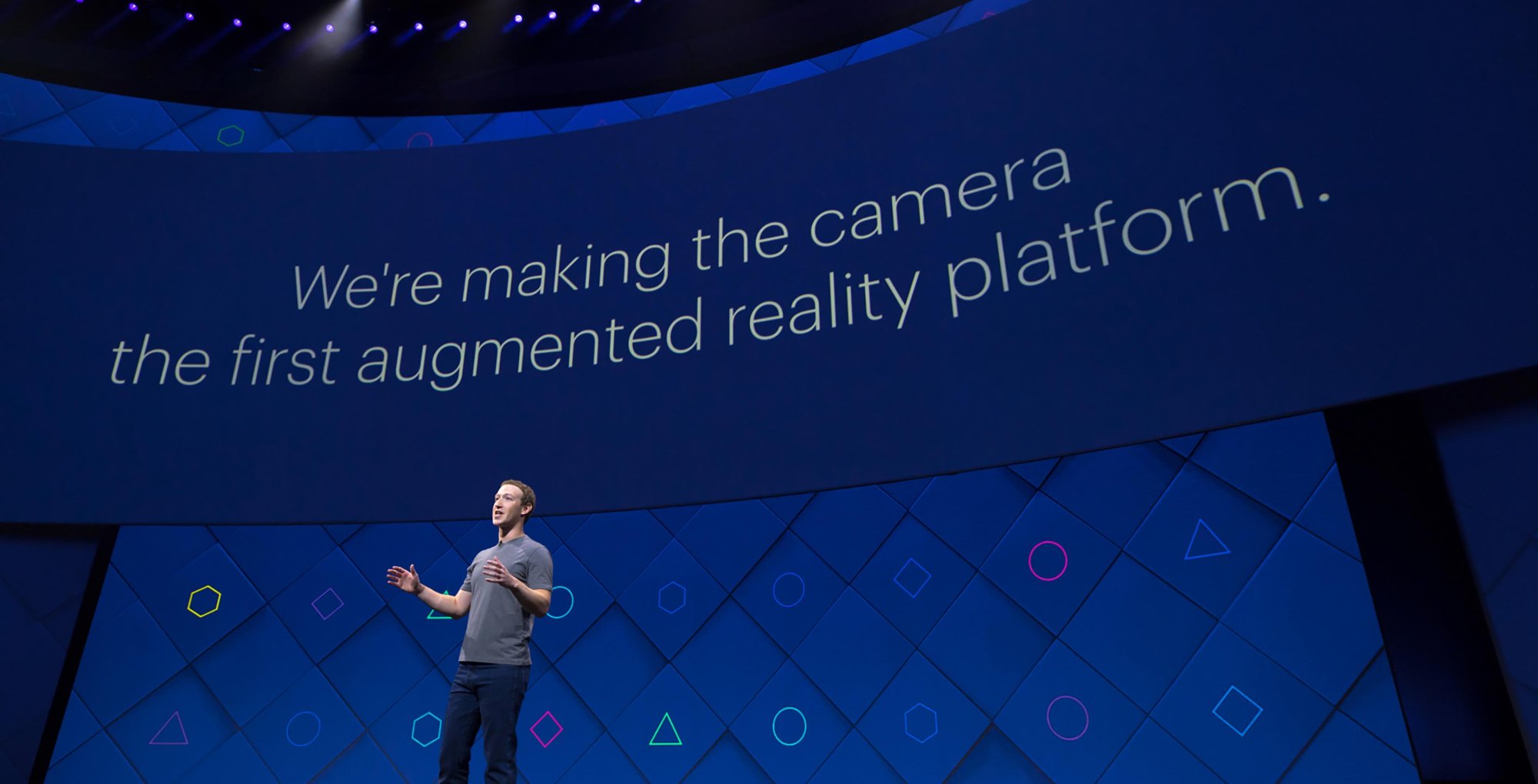
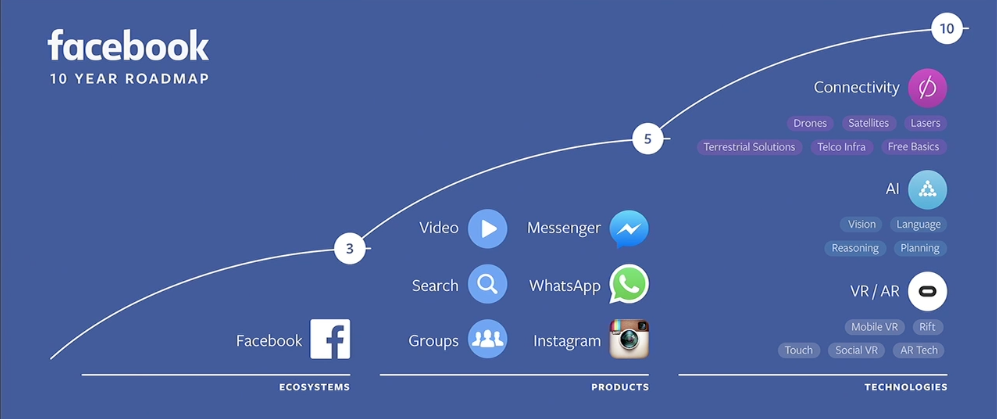
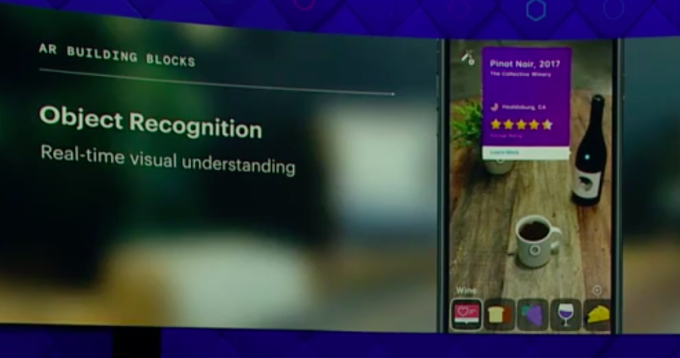
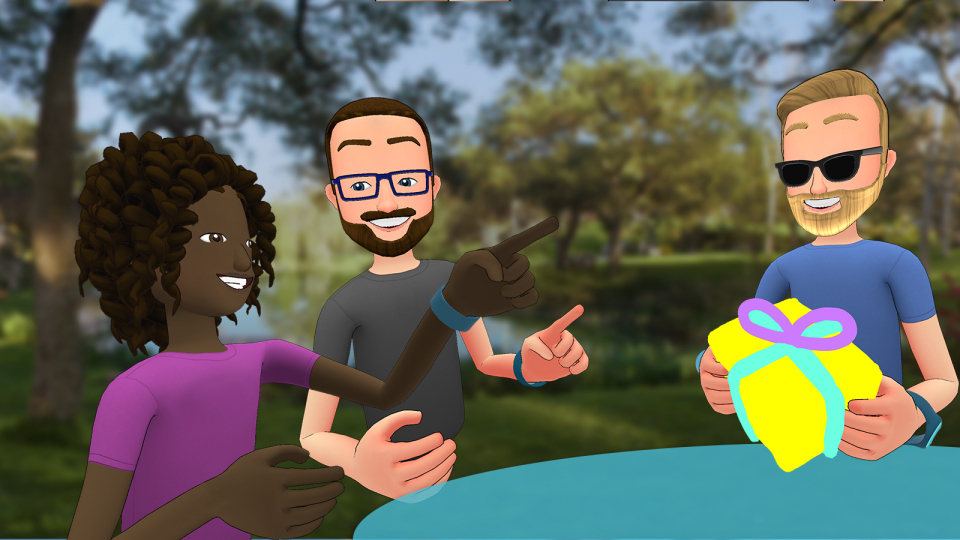
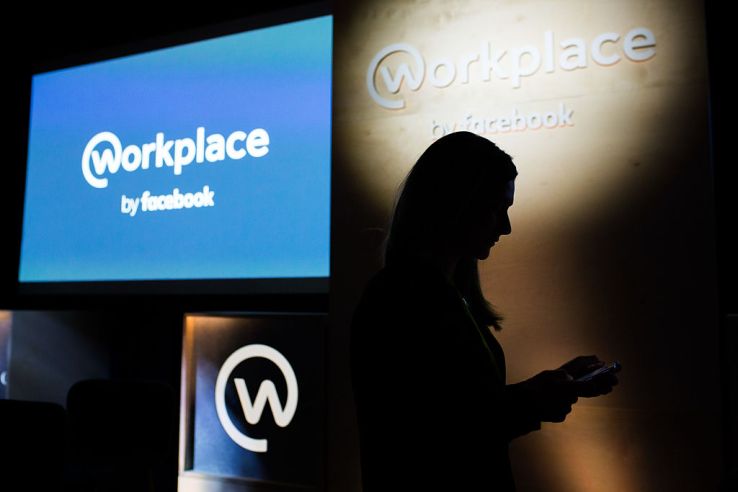






6 COMMENTS ON THIS POST To “Facebook is Becoming a Social Operating System for Human Beings and Robots”